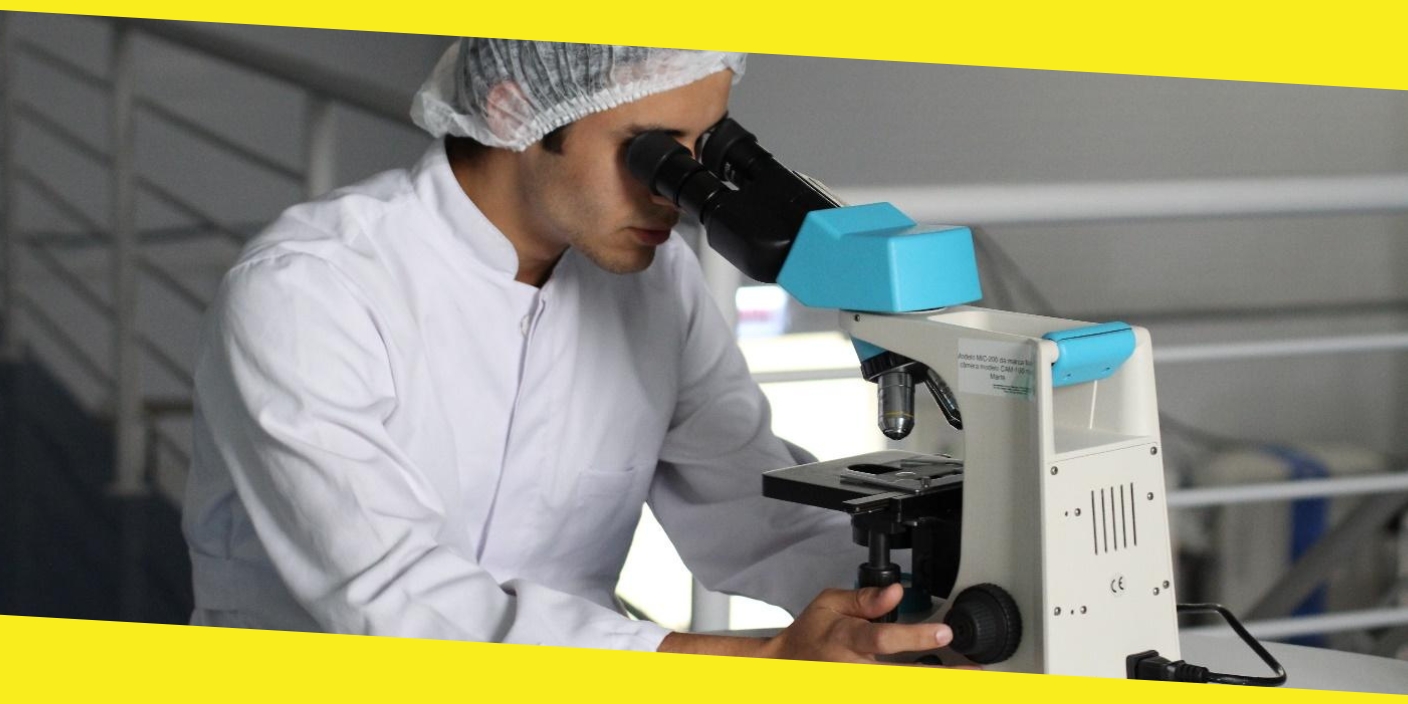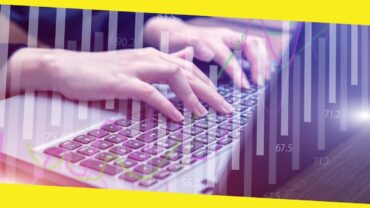7 Ways Technology is Improving Healthcare

Technology has infiltrated all domains, including the most human-centric field of medicine and healthcare provision. Humans were once scared of technology, doubted its reliability, and hesitated to hand over complex and sensitive medical knowledge to it. Eventually, they had to give in and let technology seep in and change the healthcare landscape.
Today, the healthcare industry has made unbelievable leaps that have reinvented how doctors practice medicine and patients receive treatment. Doctors who once had to be active in each phase of treatment are now relieved as they have the support of advanced medical equipment and automation processes within healthcare. Long gone are the times when nurses had to stress over delayed manually recorded vitals, which had mistakes in them, nor do the informatics experts have to fret about data collection like in the old days; technology has reinvented and improved all spheres.
Let’s delve deeper and see how technology is improving healthcare.
1. Effective Data-Keeping Systems:
Healthcare provision relies on patient information. With each patient checking in, a large amount of data rolls in too. In the old days, keeping manual records of all the tests conducted for each patient used to be a hassle. But now, Laboratory Information System (LIS) has taken over. With LIS software, patients’ clinical processes and test records are stored and managed efficiently in cloud-based systems. Using SaaS, LIS stores the data without physical resources being a limiting factor; this results in a highly reliable, comprehensive, and automated database.
These information systems have also enabled precision medicine, allowing an in-depth understanding of the patient’s diagnosis and treatment therapy by linking the LIS to digital patient records. With digitalized patient records, the data is right in front of the relevant healthcare professional, and no time, energy, or resource is wasted in sifting through large files.
2. Faster Treatments
There was a time when it took weeks and even months to get the results of medical tests, but not anymore. Since technology has been integrated at a higher level, it has helped significantly in healthcare provision. In many hospitals, vitals recording is fully automated and takes seconds. As soon as the patient walks in, the LIS and digital patient records save time and present the patient’s medical history. It gives doctors more time to diagnose and provide the right treatment.
Time optimization has dramatically improved, making medical information easily accessible and manageable. Computers monitor every aspect of the entire testing procedure, and there is no room for error. Moreover, several hospitals use automated appointment systems, allowing doctors and patients to make the best use of their time.
3. The Input of Computers on Medical Decisions
Sophisticated computers have paved the path to becoming a valuable aid to doctors. Computer systems can give their input on blood pressure monitoring, the percentage of platelets in the blood, and X-ray reports. This helps physicians make informed and timely decisions.
These computer systems also help physicians determine the best treatment route for the patients, acting as a second opinion. Plus, doctors now have access to worldwide medical information, including medical journals and the experiences of healthcare practitioners working in different parts of the world. They can just log in to the browser and search for effective treatments and diagnoses.
4. Remote/Distant Healthcare Provision
In the past, it was difficult for healthcare practitioners to cater to people who could not come to the hospital; it may be due to their financial condition, physical health, or geographical location. Technology today has removed this obstacle too. Telehealth and mobile applications have made healthcare provision easier than ever before.
These apps allow physicians to reach their patients effectively and timely with first-aid treatment. This technological innovation has particularly enabled people living in rural areas to get access to healthcare.
As a result of telehealth, patients with busy schedules, chronic illnesses, and disabilities no longer have to compromise on health. They can get in touch with their healthcare provider whenever they want through a call. Digital platforms have also redefined the sphere of the social world, and new technology has made it easier for physicians to connect with their patients.
5. Higher Accuracy and Fewer Risks
The Institute of Medicine’s (IOM) report, published in 1999, “To err is human,” recognized that human health could be made more secure by reducing the human element in the healthcare provision; it called for developing and testing new technologies to reduce medical error. Proving the IOM report right, the technological advancements in the next couple of years reduced human errors significantly.
Moreover, new technology-based medical procedures, including laser treatment and laparoscopy, pose less risk. The era ended when the patients had to stay in beds for months to recover. The recovery time has been reduced to weeks and days.
Additionally, technology and machine learning have removed human bias from decision-making. All decisions in healthcare are based entirely on the data available, and facts are given priority over human emotions or prejudice to select the best course of action.
6. 3D Printing Technology
Like other industries, 3D printing has also proved its worth in medicine. Medical practitioners can now print implants, synthetic skin, and prosthetics customized to the patient’s needs at a lower price. 3D printing gave a new face to healthcare provision by saving extra expenses and providing customized solutions.
7. Smartphone-Based Medical Readings
Another medical advancement includes smartphone-based devices. These devices can monitor your heart rate and blood sugar, so you can stay updated about your health condition.
The diabetes-paired devices go one step further in monitoring your blood sugar levels. They can recognize when you need insulin and administer the proper dosage automatically. These devices can especially be helpful for patients who cannot look after themselves, including children and seniors.
Final Thoughts
Timely and accurate treatment is crucial. Undoubtedly, technological advancements have made a significant change in healthcare provision. From monitoring vitals to diagnosis, data storage, and efficient medical procedures, these developments are making the lives of healthcare practitioners and patients easier.
These technological advancements also enable healthcare providers to reach patients in remote locations worldwide. This way, people who cannot visit the hospital can also benefit and improve their health.
Recommended For You
Benefits of the Internet
Most Inside
Most Inside offers high-quality recommendations and valuable updates to enhance all aspects of your life, providing premium guidance and enriching experiences.




